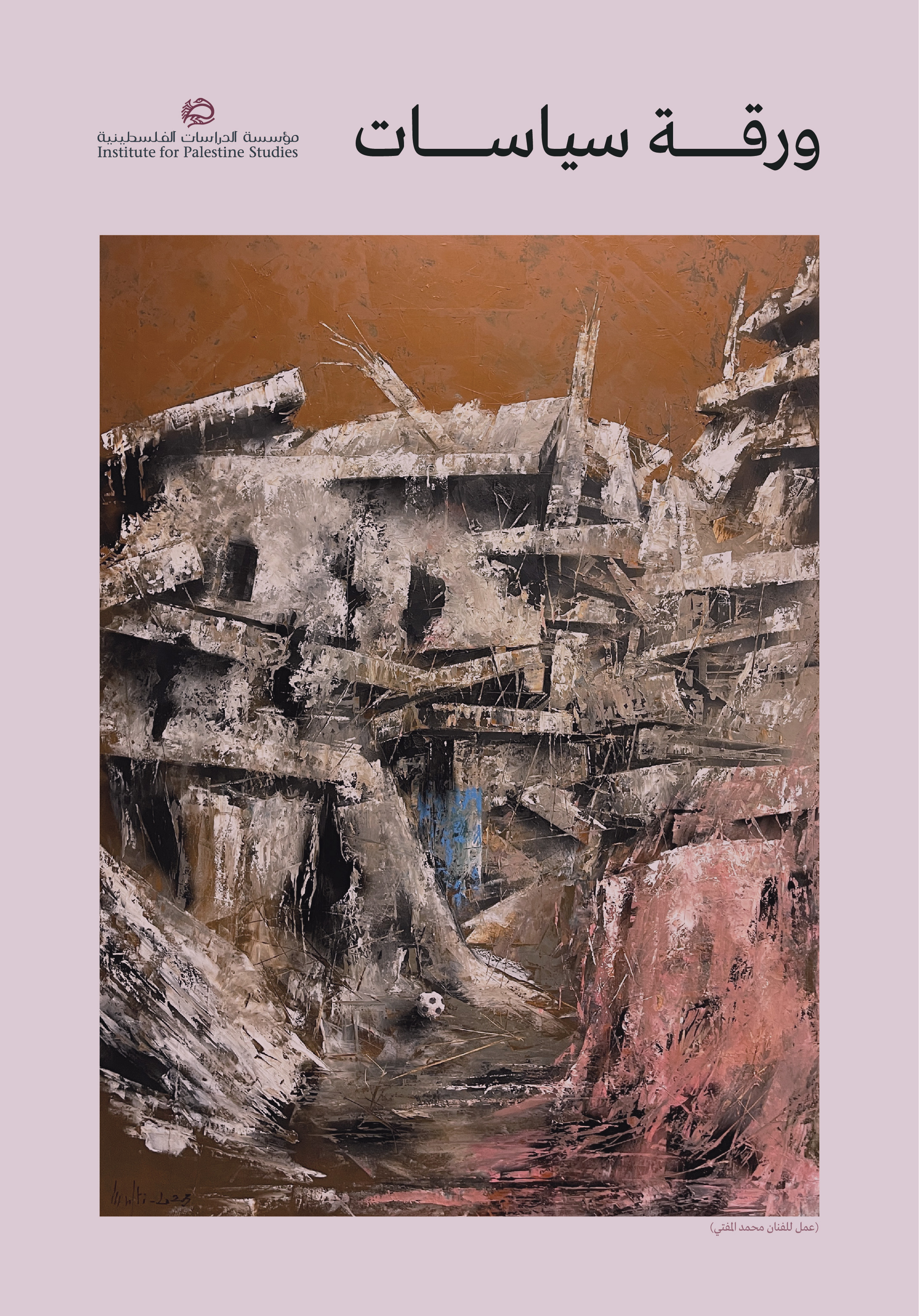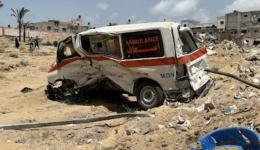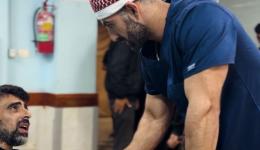Martyred alongside family members
Dr. Ahmad Hammoudeh was martyred alongside twelve members of his family, including Dr. Mohammed Hammoudeh, as a result of an aristrike on their home in Beit Lahia in the northern Gaza Strip.
The platform "Documenting the Targeting and Destruction of the Health Sector in the Gaza Strip" presents accurate and detailed information about the Israeli assault on health during the genocidal war. This includes data on the attacks on healthcare facilities and health workers who have been killed, abducted, tortured, and maimed by Israeli forces during the genocide, and relevant statements by international organizations and healthcare institutions. These are complemented by original analysis by researchers and authors covering a range of issues in the targeting of the health sector, through which Israeli occupation forces have created a "war biosphere". Read more
Dr. Ahmad Hammoudeh was martyred alongside twelve members of his family, including Dr. Mohammed Hammoudeh, as a result of an aristrike on their home in Beit Lahia in the northern Gaza Strip.
He was martyred as a result of a strike by occupation forces in Khan Yunis.
The Hebrew newspaper Haaretz announced that Dr. Iyad al-Rantisi had died in an interrogation center in the city of Askalan, six days after his abduction. The announcement came on June 18, 2024, around 7 months following his martyrdom.
Dr. Iyad al-Rantisi was abducted at Netzarim checkpoint after the occupation army ordered him and others to evacuate Kamal Adwan Hospital to the southern Gaza Strip.
صحفي مصوّر ومتطوع مع الهلال الأحمر، تم استهدافه في سيارة الهلال الأحمر.
Fuad was a photojournalist and a volunteer with the Red Crescent Society. He was martyred in a strike on the Red Crescent ambulance he was in.
Eleven martyrs were pulled out from under the rubble, including Dr. Safaa Zeino after afer an Israeli airstrike targeted the Zeino family home near Al-Salam Mosque on Jaffa Street in Gaza City.
Last November, Al-Shifa hospital, located in Gaza City, Palestine was brought to a standstill after the Israeli army massively bombed the area around the facility. The hospital was hit several times, then surrounded before being evacuated. The largest hospital in the Gaza Strip was gradually transformed into a camp for displaced people, and now houses some 50,000 people. On site, the medical team is striving to maintain access to healthcare for people and has partially resumed their activities.
The long line is visible from afar, hundreds of people of all ages, most of them holding distinctive yellow or blue 40-litre jerrycans. Some live in tents close to the water truck that attracted the crowd to this spot in Rafah, a town in the south of the Gaza Strip. Others live in shelters up to several kilometres away, and brought wheelchairs, hand trucks, shopping carts and even strollers to carry the vital resource back to their shelters. One visually impaired man has come with his young daughter – the girl leading the way, her father carrying the water.
One month ago, the International Court of Justice (ICJ) issued provisional measures on 26 January ordering Israel to prevent and punish acts of genocide and ensure that basic services and aid reach people in the Gaza Strip. However, the humanitarian situation for trapped Gazans remains catastrophic. According to local health authorities, the number of people killed in Gaza has risen to 30,000, all while there are no signs of Israeli forces attempting to limit the loss of civilian life or alleviate the suffering of people.
We walk for hours to reach the health facilities. Sometimes we use the donkeys to transfer sick people to the hospital or to the clinic,” says Mahmud Mousa Abu Eram, a Palestinian man from Hebron, in the West Bank.
“There hasn't been transportation in this area for a long time, and even if there is a car to drop us to any clinic, the Israeli army confiscates the cars,” he says.


